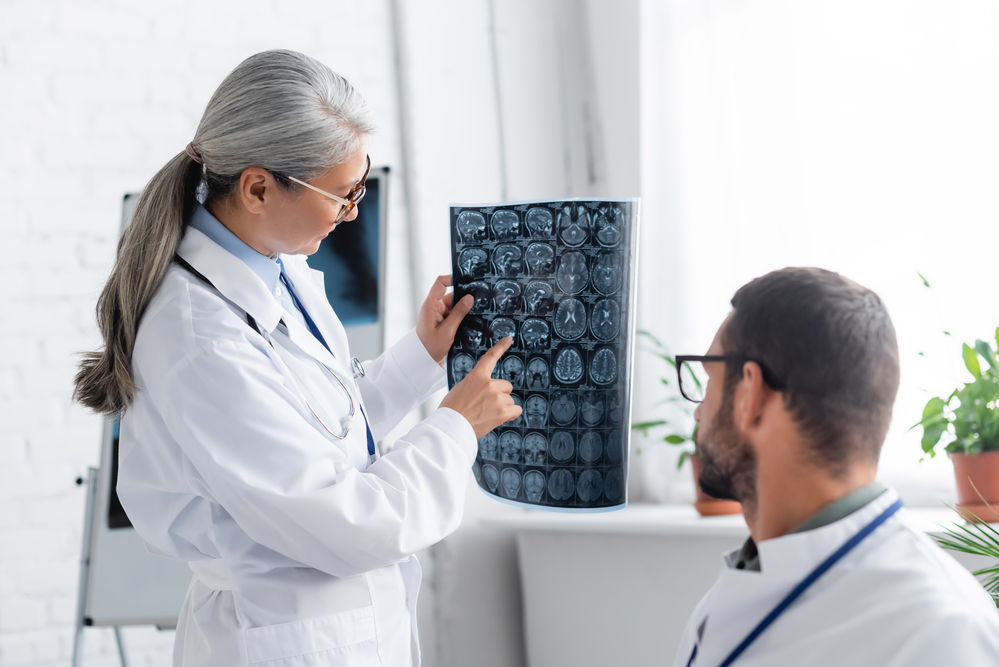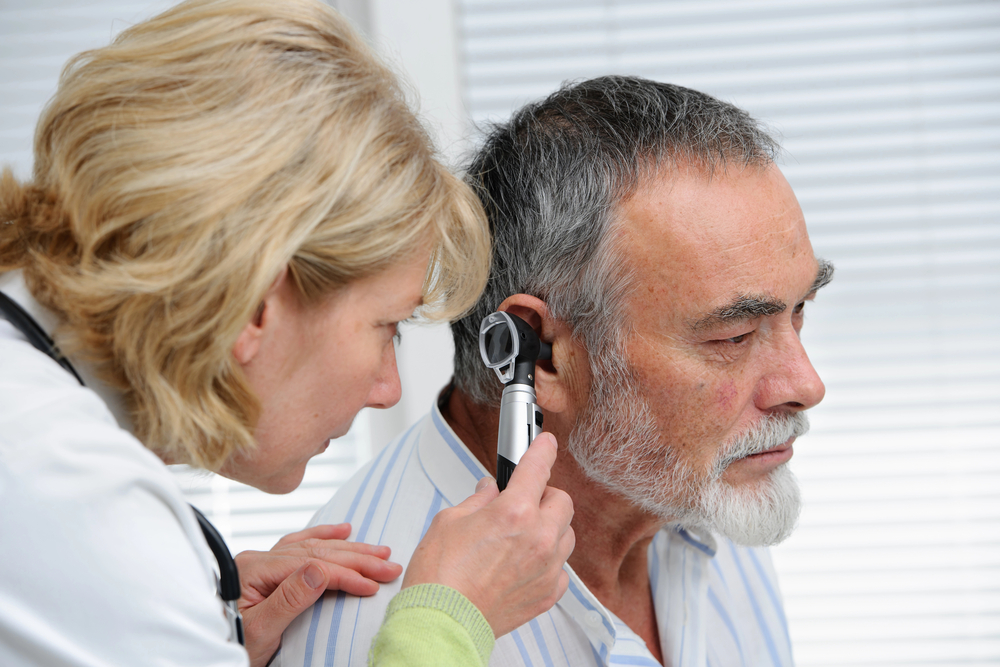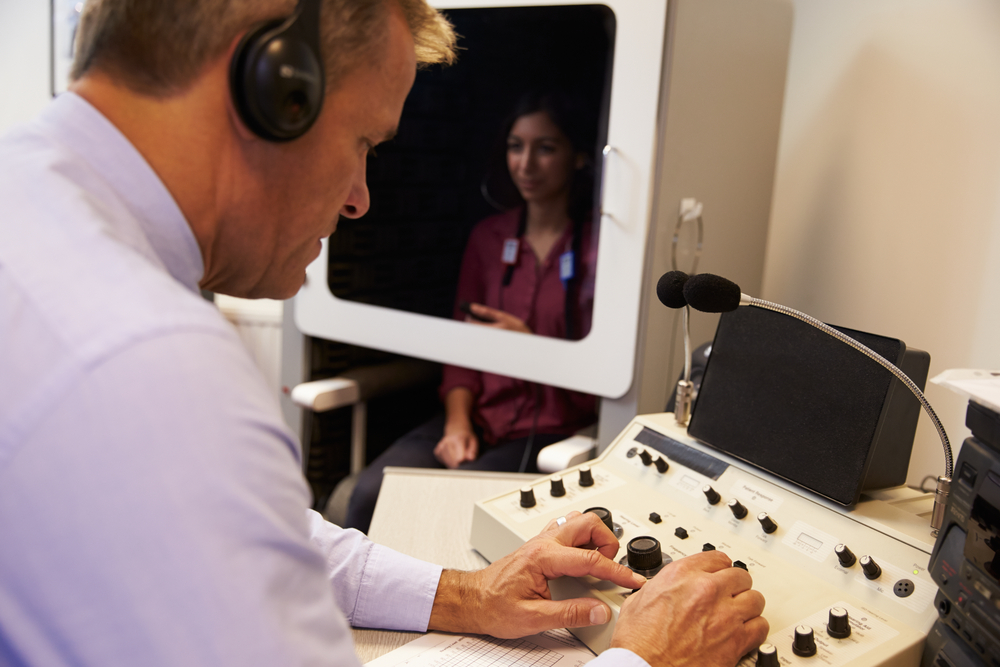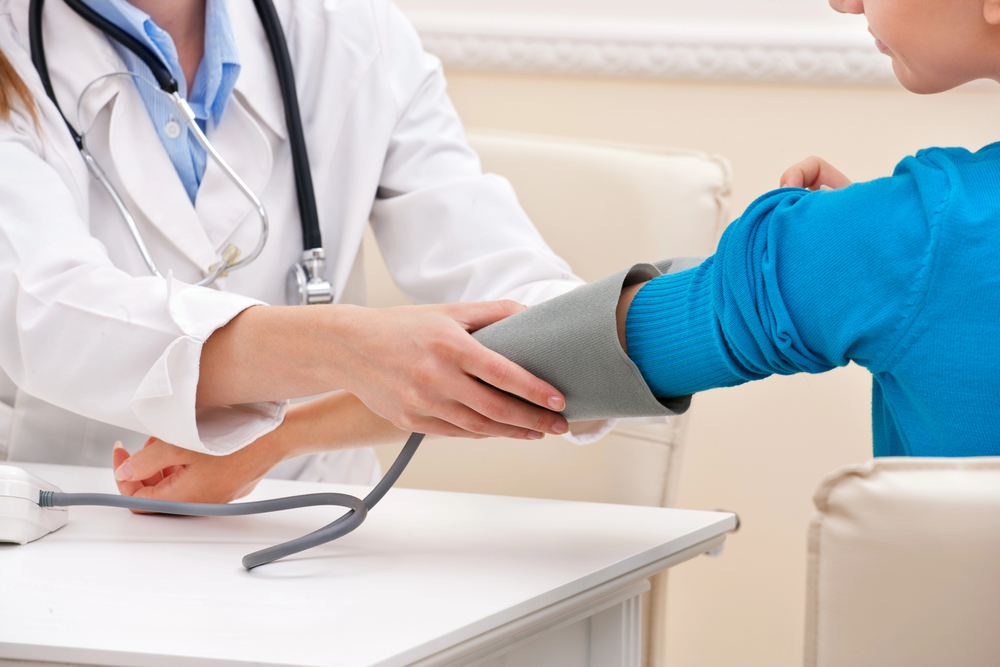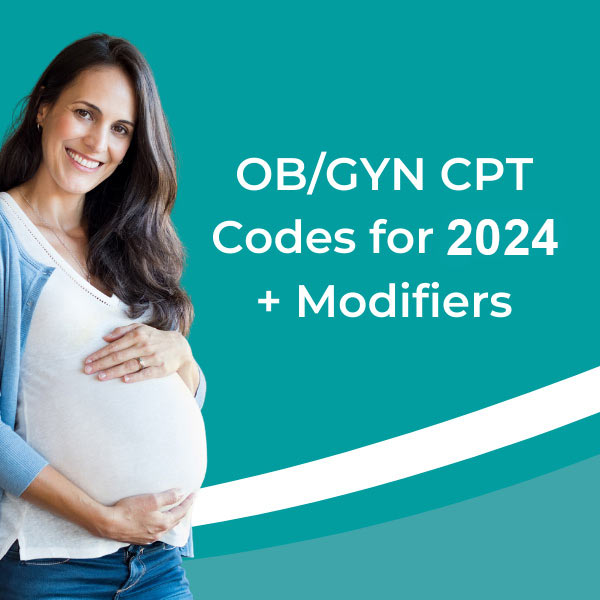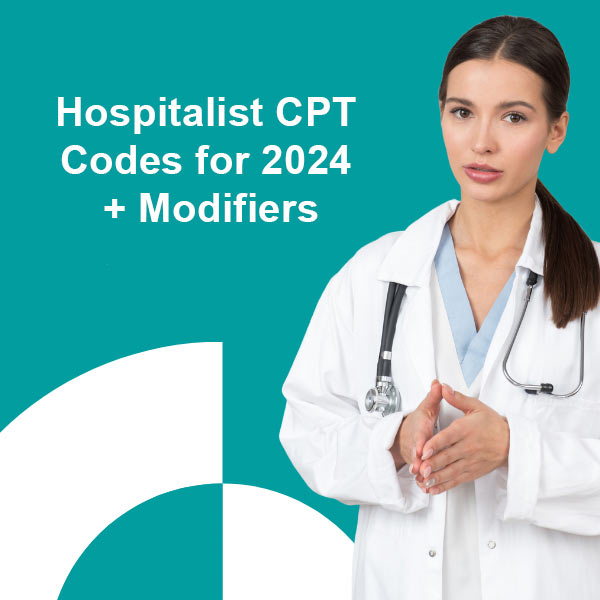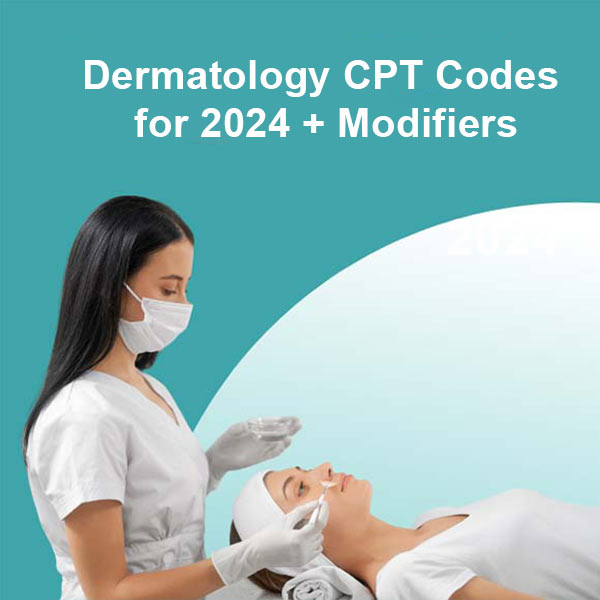Ensuring the accuracy of your medical practice billing and accuracy is important. If your urology practice’s codes are not accurate, then claims may be delayed or even denied. So, the more accurate your codes, the more collections you can receive.
Urology CPT Code Ranges in 2024
Below are the urology CPT codes for 2024.
Cystectomy CPT Codes
These CPT codes pertain to cystectomies:
- 51550 – Partial cystectomy; simple
- 51555 – Partial cystectomy; complicated (i.e., in a difficult location or previously had surgery)
- 51565 – Partial cystectomy; with ureteroneocystostomy (repositioning of ureter(s) into the bladder)
- 51570 – Complete cystectomy
- 51575 – Complete cystectomy; accompanied by bilateral pelvic lymphadenectomy, encompassing obturator nodes, hypogastric, and external iliac
- 51580 – Complete cystectomy, including ureterosigmoidostomy or ureterocutaneous transplant
- 51585 – Complete cystectomy, including ureterosigmoidostomy or ureterocutaneous transplantation, along with bilateral pelvic lymphadenectomy involving obturator nodes, hypogastric, and external iliac
- 51590 – Complete cystectomy with intestinal connection, involving either ureteroileal conduit or sigmoid bladder
- 51595 – Complete cystectomy, along with either a ureteroileal conduit or sigmoid bladder, incorporating intestinal connection; alongside the removal of lymph nodes in both pelvic regions, covering external iliac, hypogastric, and obturator nodes
- 51596 – Complete cystectomy, with continent diversion, employing an open technique, utilizing any portion of the small and/or large intestine to form a neobladder
Nephrectomy CPT Codes
These CPT codes relate to nephrectomies:
- 50220 – Nephrectomy, involving partial removal of the ureter, utilizing any open approach, including rib resection
- 50225 – Nephrectomy, involving partial ureterectomy, utilizing any open approach, including rib resection; complicated due to prior surgery on the same kidney
- 50230 – Nephrectomy, involving partial ureterectomy, utilizing any open approach, including rib resection; performed radically, with regional lymphadenectomy and/or vena caval thrombectomy
- 50334 – Nephrectomy, with complete ureterectomy and bladder cuff; through the same incision
- 50236 – Nephrectomy, with total ureterectomy and bladder cuff; through a separate incision
- 50240 – Partial nephrectomy
- 50543 – Partial laparoscopic nephrectomy
- 50545 – Laparoscopy with radical nephrectomy (comprising removal of Gerota’s fascia and surrounding adipose tissue, excision of regional lymph nodes, and renalectomy)
- 50546 – Laparoscopic nephrectomy, involving partial ureterectomy
- 50548 – Laparoscopic nephrectomy with total ureterectomy
Prostatectomy CPT Codes
These CPT codes are for prostatectomies:
- 55801 – Perineal subtotal prostatectomy, encompassing management of postoperative hemorrhage, vasectomy, meatotomy, urethral calibration and/or dilation, and internal urethrotomy
- 55810 – Radical perineal prostatectomy
- 55812 – Radical perineal prostatectomy, accompanied by lymph node biopsy(s) (limited pelvic lymphadenectomy)
- 55815 – Perineal radical prostatectomy, with bilateral pelvic lymphadenectomy involving external iliac, hypogastric, and obturator nodes
- 55821 – Suprapubic subtotal prostatectomy, conducted in 1 or 2 stages, including management of postoperative hemorrhage, vasectomy, meatotomy, urethral calibration and/or dilation, and internal urethrotomy
- 55831– Retropubic subtotal prostatectomy, involving control of postoperative bleeding, vasectomy, meatotomy, urethral calibration and/or dilation, and internal urethrotomy
- 55840 – Retropubic radical prostatectomy, with or without preservation of nerves
- 55842 – Retropubic radical prostatectomy, with or without preservation of nerves, accompanied by lymph node biopsy(s) (limited pelvic lymphadenectomy)
- 55845 – Retropubic radical prostatectomy, with or without preservation of nerves, with bilateral pelvic lymphadenectomy encompassing external iliac, hypogastric, and obturator nodes
- 55866 – Surgical laparoscopic radical retropubic prostatectomy, inclusive of nerve sparing, with robotic assistance, if performed
- 55867 – Surgical laparoscopic simple subtotal prostatectomy, involving the control of postoperative bleeding, vasectomy, meatotomy, urethral calibration and/or dilation, and internal urethrotomy, with robotic assistance, if performed
New 2024 CPT Codes
These are new CPT codes:
- 52284 – Cystourethroscopy; with mechanical urethral dilation and drug delivery for urethral stricture, utilizing a specialized drug-coated balloon catheter. Replaces Category III code 0499T
- 64596 – The initial insertion or replacement of a percutaneous electrode array with an integrated neurostimulator for peripheral nerve stimulation, including imaging guidance
- +64597 – An add-on code to report each additional electrode array insertion or replacement
- 64598 – Revising or removing a neurostimulator electrode array with an integrated neurostimulator for peripheral nerve stimulation
- 99459 – Separately listing a female pelvic exam in addition to the primary procedure code during preventive medicine or E/M services
Revised 2024 CPT Codes
These are the revised CPT codes:
- 63685 – Placement or substitution of spinal neurostimulator pulse generator or receiver, utilizing direct or inductive coupling
- 63688 – Modification or extraction of implanted spinal neurostimulator pulse generator or receiver
- 64590 – Inserting or replacing a peripheral, sacral, or gastric neurostimulator pulse generator or receiver, including pocket creation and connection between electrode array and pulse generator or receiver
- 64595 – Revising or removing a peripheral, sacral, or gastric neurostimulator pulse generator or receiver, with a detachable connection to the electrode array
- 0587T – Percutaneous implantation or replacement of integrated single device neurostimulation system, comprising electrode array and receiver or pulse generator, with analysis, programming, and imaging guidance as necessary, targeting the posterior tibial nerve
- 0588T – Revision or removal of integrated single-device neurostimulation system, including electrode array and receiver or pulse generator, with analysis, programming, and imaging guidance as required, focusing on the posterior tibial nerve
- 0589T – Electronic analysis with basic programming of implanted integrated neurostimulation system (e.g., electrode array and receiver), involving contact group(s), amplitude, pulse width, frequency (Hz), on/off cycling, burst, dose lockout, patient-selectable parameters, responsive neurostimulation, detection algorithms, closed-loop parameters, and passive parameters, conducted by a physician or other qualified healthcare professional, targeting the posterior tibial nerve, with 1-3 parameters
Urology Modifiers
In medical billing, using modifiers alongside the original CPT code improves accuracy. The more accurate a claim is, the less likely it is for a claim to face denials. Below are the recent additions to the list of modifiers for urology departments:
- -24 – Unrelated E/M service by the same physician/other qualified health care professional during a postoperative period
- -25 – separately identifiable E/M service by the same physician
- 95 – telehealth service
- 93 – synchronous telehealth service
- JW – drug discarded, not administered to any patient
- JZ – no amount of drug is discarded
- 310 – not vaccinated against COVID-19
- 311 – partly vaccinated against COVID-19
- 39 – indicates any other under-immunized status
Work with us
Get in touch with our medical billing team
Contact us
